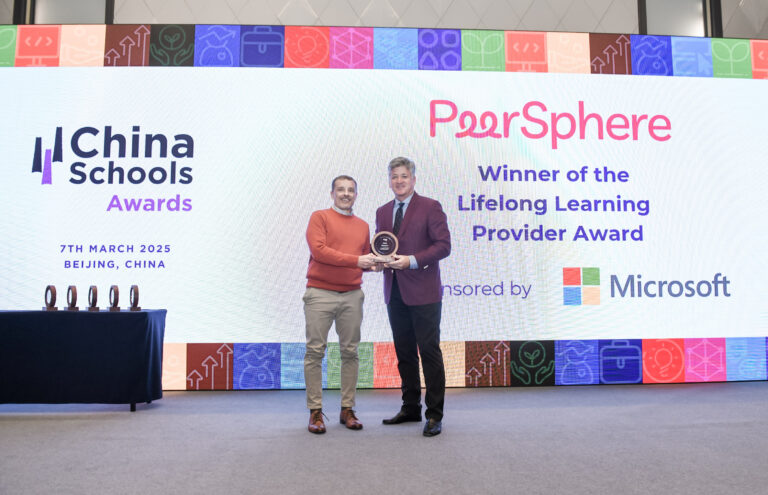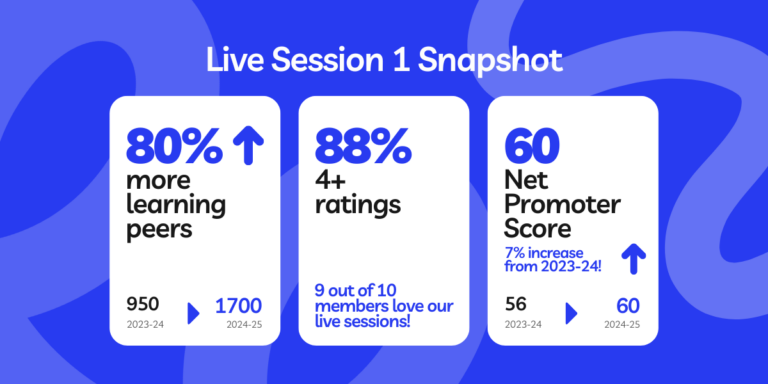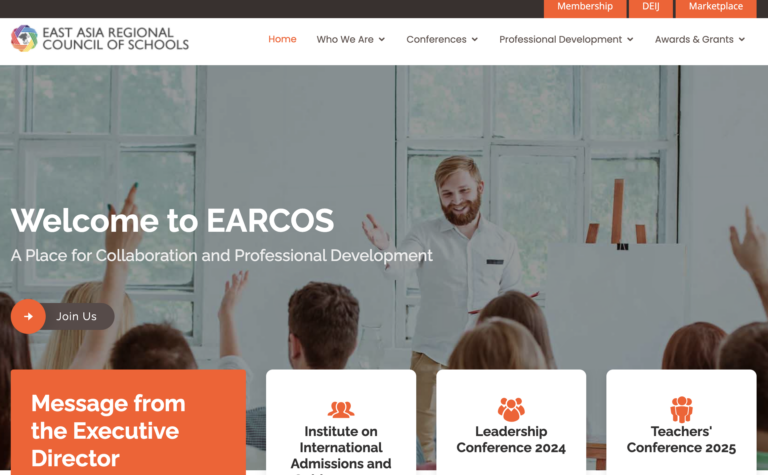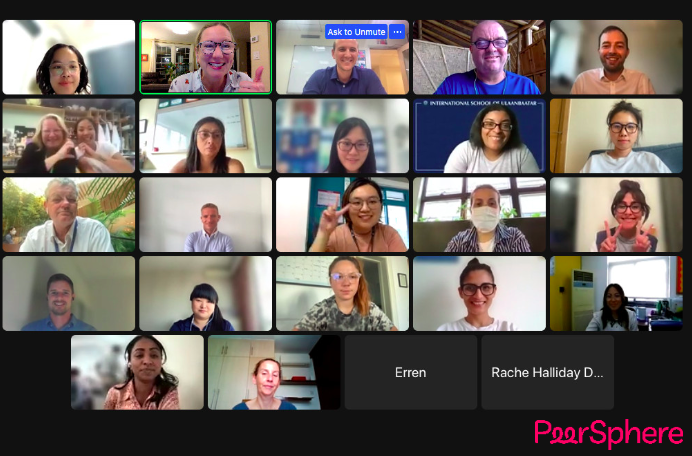Introduction
The Shenzhen College of International Education (SCIE) is a unique academic institution in China with over 2,000 students and more than 210 staff members. Under the leadership of Academic Deputy Principal Richard Driscoll, who has been with the school for ten years, SCIE has cultivated an environment where students are deeply passionate about their academic pursuits.
“What’s great about this school is that the students are very passionate about their subjects,” explains Richard. “We’re lucky that we have really academic students and they go way beyond the curriculum.”
Unlike many schools in China that might primarily focus on academic pursuits in science, mathematics, and engineering, SCIE offers a comprehensive range of subjects. “We offer more subjects for Cambridge than any other school in China,” Richard notes. The school also features an arts academy, ensuring students can find a curriculum to match diverse interests.
In recent years, SCIE has been adapting its educational approach. With more students applying to top US universities (traditionally, SCIE students focused on UK institutions), the school has increased its emphasis on global citizenship and enrichment programs. They’ve piloted innovative initiatives, such as a leadership course co-taught by students and staff.
The Challenge: Creating Inclusive, High-Quality Professional Development
As SCIE evolved its curriculum and expanded its focus, the school faced significant challenges in providing appropriate professional development (PD) opportunities for its diverse staff.
One of the primary challenges was breaking through departmental silos. Staff members leading innovative programs, such as global awareness initiatives, often felt isolated without peers in similar roles to collaborate with and learn from.
Another challenge was ensuring that professional development was truly inclusive. “Some schools focus more on PD for teachers,” Richard observes. “I think it’s really important that whatever your role is, you can have high-quality PD.” This meant finding ways to provide meaningful professional growth opportunities for librarians, human resources personnel, admissions staff, marketing teams, and long-serving local teachers.
SCIE needed a solution that would complement its existing professional development framework, which follows the Guskey model of evaluating professional development through a backward planning approach focused on students’ learning experiences. They needed something flexible enough to address rapidly changing educational landscapes, such as the emergence of AI in education, while allowing staff to choose development areas that matched their specific needs.
The Solution: PeerSphere Learning Communities
PeerSphere, with its peer learning communities for international educators, provided SCIE with the solution they needed. The school has been working with PeerSphere since 2022, and, during that time, participation has grown dramatically. This year, nearly 100 staff members are involved in PeerSphere communities, double the number from the previous year.
PeerSphere’s approach has proved ideal for addressing SCIE’s challenges:
Breaking Down Silos: PeerSphere connected SCIE staff with educators in similar roles at other schools. For example, Angelien Meggersee, SCIE’s global citizenship coordinator, benefited from being able to “talk to leaders of global awareness in other schools and tap into some really good expertise.”
Inclusive Professional Development: The flexible timing of PeerSphere sessions, some of which take place outside school hours, made it accessible to more staff members. This inclusivity was specifically commended when SCIE was reaccredited by the Council of International Schools (CIS) and the Western Association of Schools and Colleges (WASC).
Responsive to Emerging Educational Needs: PeerSphere has created communities focused on current challenges in education, such as artificial intelligence. “What is great about PeerSphere is that it can combine with other PD that you have in the school and it changes each year as education changes,” notes Richard.
Fostering Expertise Sharing: PeerSphere encourages participants to share their expertise. Richard himself was asked to give a presentation about how SCIE aligns professional development with high-quality learning and evaluates the process using the Guskey model.
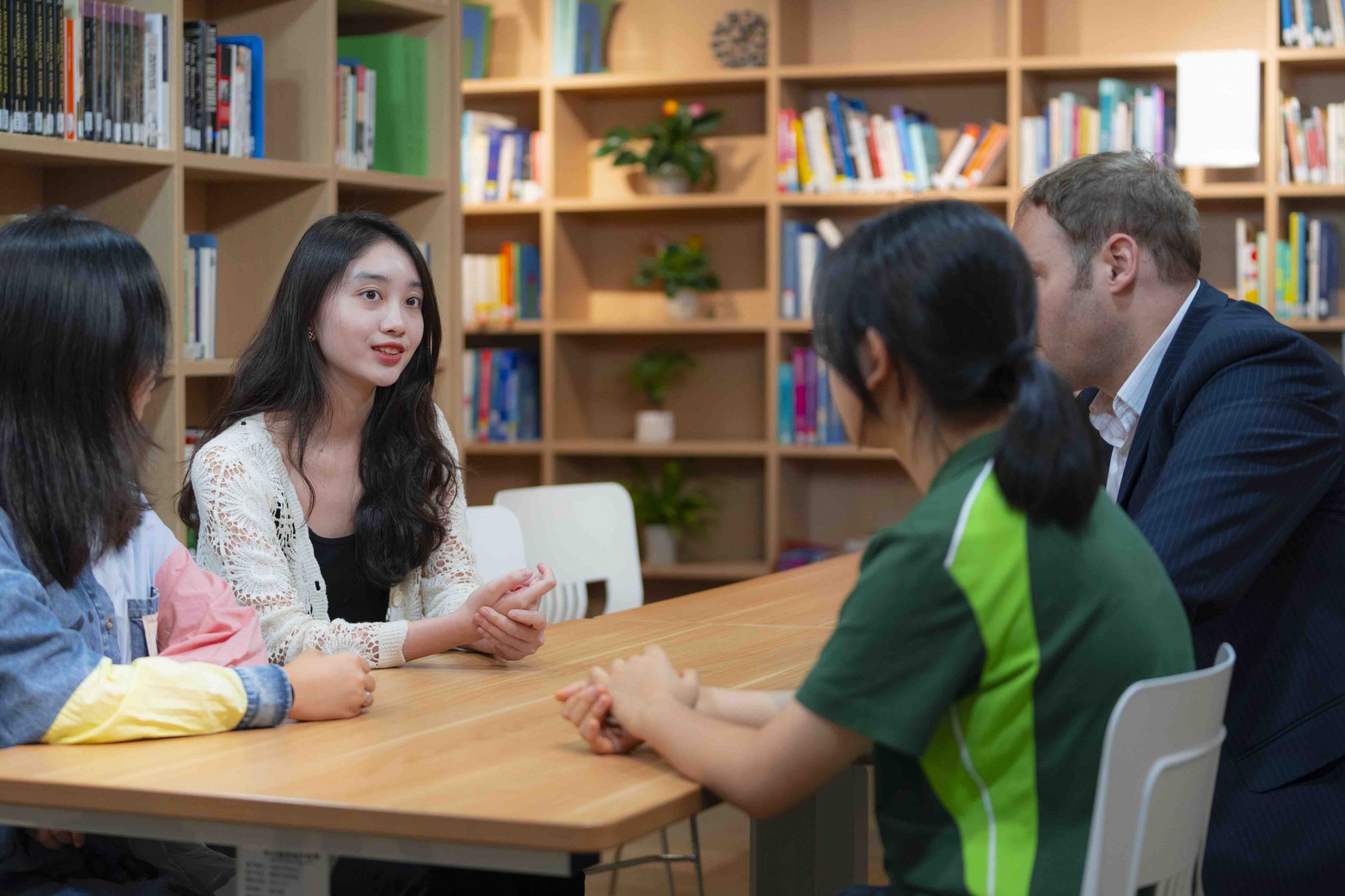
Impact: Creating a Culture of Continuous Learning
The impact of PeerSphere at SCIE has been substantial and wide-ranging:
High Staff Satisfaction: In a recent survey, approximately 95% of staff indicated they can choose professional development that matches their needs, with PeerSphere being a significant contributor to this high rating.
Practical Applications: The school’s librarian, after participating in a PeerSphere community, implemented several innovations, including an app for students to use in the library.
Knowledge Sharing: SCIE holds regular “Pick-and-Mix” events where staff share their learning experiences with colleagues. After one recent AI community session through PeerSphere, SCIE educators shared what they had learned with SCIE staf and there was such high interest, they repeated the session three times.
Sustained Professional Connections: Staff who engage with PeerSphere often maintain connections with peers at other schools long after their formal community sessions end, creating ongoing support networks. Richard has been part of the PD PeerSphere peer learning community for three years, and feels his sustained participation has led to deep relationships with other educators.
External Recognition: As mentioned above, the school received a special commendation from CIS for its inclusive PD, and how aligned the professional development is with high-quality learning. CIS also commended SCIE leaders for being actively involved in professional learning.
PeerSphere has become an integral part of SCIE’s professional growth model, complementing other initiatives such as their work with evidence-based education. As Richard explains, PeerSphere helped him discover the Assessment Lead Program, which ultimately led to meaningful changes in SCIE’s assessment approach.
Perhaps most importantly, PeerSphere has fostered a culture of active engagement in professional learning. “For it to have the most impact, you really do need to get engaged with the program, attend sessions and build connections,” Richard advises. “You need to give something and then you’ll get something out of it.”
Richard’s comments align with the PeerSphere slogan of “#GiveALittleGainALot”, and this principle surfaces throughout the PeerSphere peer learning communities.
This culture of engagement has created a successful PD environment at SCIE, where staff who benefit from PeerSphere share their positive experiences, thus encouraging more colleagues to participate the following year. In 2023/24, SCIE had 30-40 staff members participate in PeerSphere communities, and this year (2024/25) nearly 100 staff members have been involved. The result is a school community where continuous learning is celebrated, where staff are connected to expertise beyond their campus, and where professional development directly translates to enhanced student experiences.






